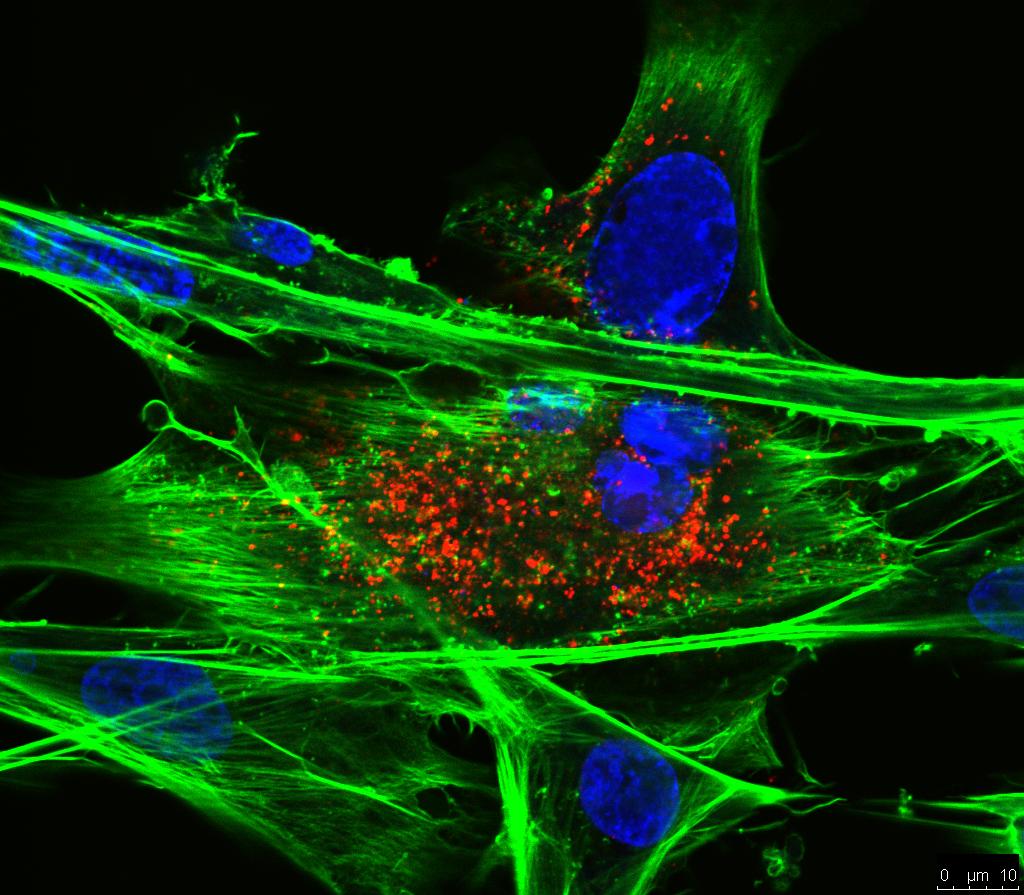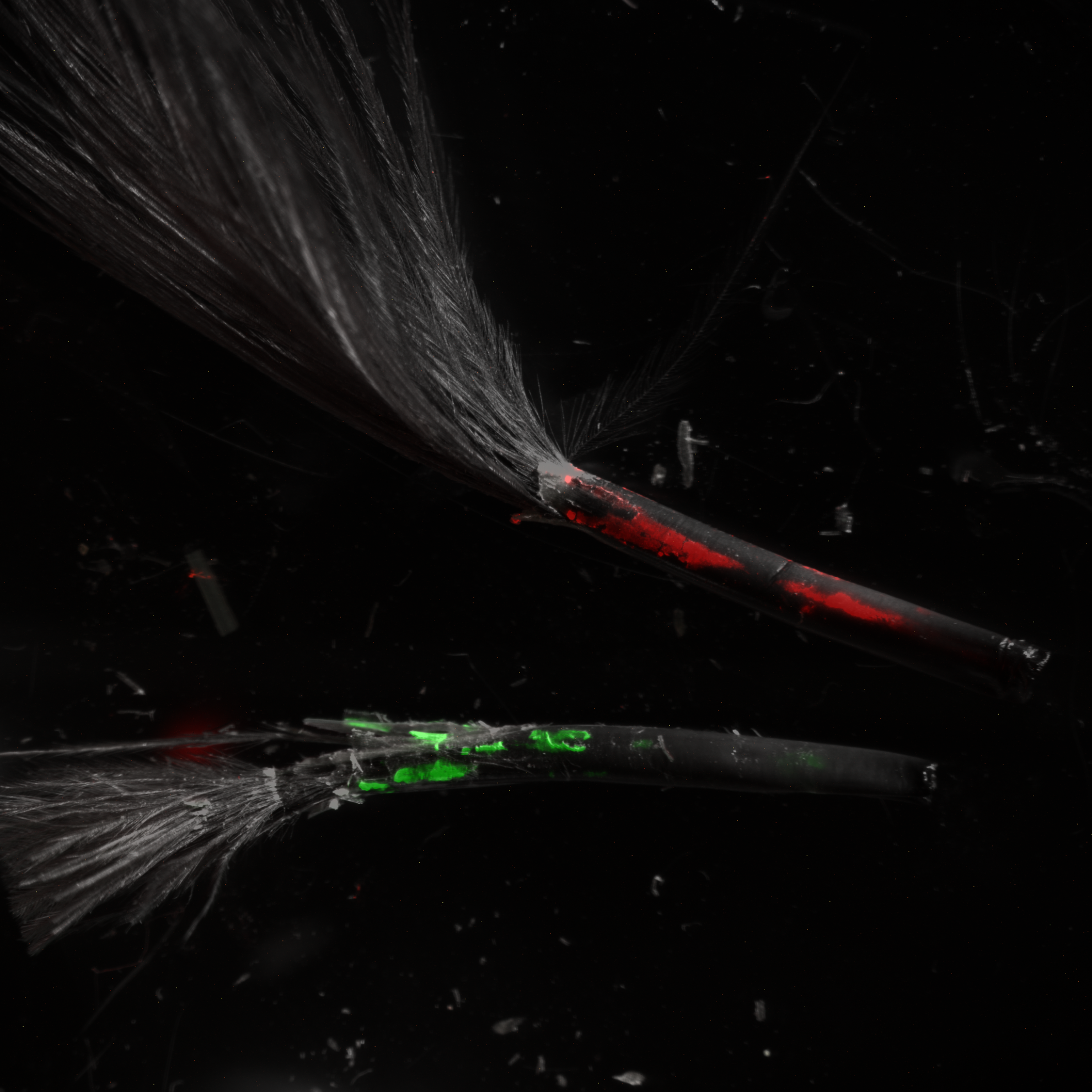Pathogenicity and pathotype analysis of Henan isolates of Marekâs disease virus reveal long term circulation of highly virulent MDV variant in China
In recent years, outbreaks of Marek’s disease (MD) have been frequently reported in vaccinated chicken flocks in China. Herein, we have demonstrated that four Marek’s disease virus (MDV) isolates, HN502, HN302, HN304, and HN101, are all pathogenic and oncogenic to hosts. Outstandingly, the HN302 strain induced 100% MD incidence, 54.84% mortality, and 87.10% tumor incidence, together with extensive atrophy of immune organs. Pathotyping of HN302 was performed in comparison to a standard very virulent (vv) MDV strain Md5. We found that both CVI988 and HVT vaccines significantly reduced morbidity and mortality induced by HN302 or Md5 strains, but the protection indices (PIs) provided by these two vaccines against HN302 were significantly lower (27.03%) or lower (33.33%) than that against Md5, which showed PIs of 59.89% and 54.29%, respectively. These data suggested that HN302 possesses a significant higher virulence than Md5 and at least could be designated as a vvMDV strain. Together with our previous phylogenetic analysis on MDV-1 meq genes, we have presently suggested HN302 to be a typical highly virulent MDV variant belonging to an independent Chinese branch. To our knowledge, this is the first report to provide convincible evidence to identify a pathogenic MDV variant strain with a higher virulence than Md5 in China, which may have emerged and circulating in poultry farms in China for a long time and involved in the recent MD outbreaks.

